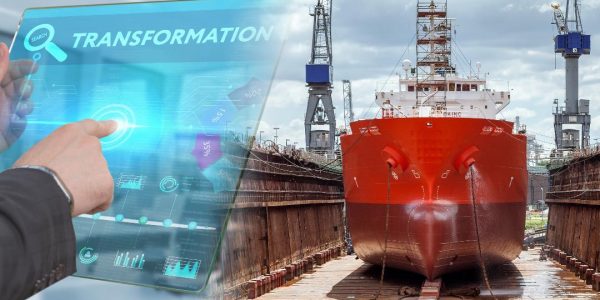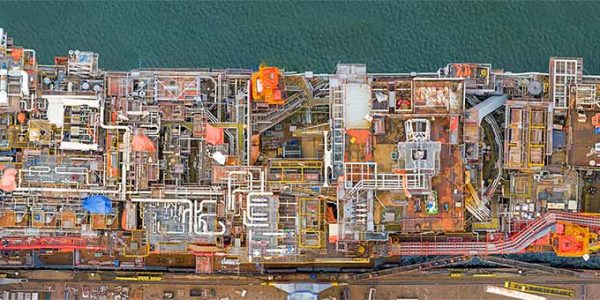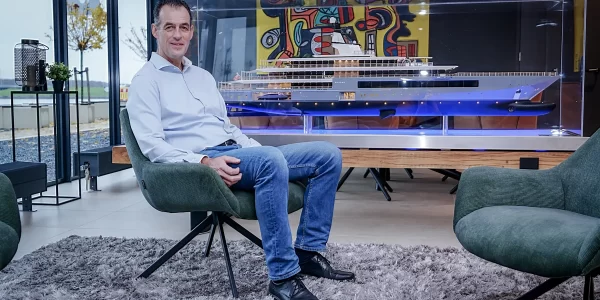The maritime sector keeps talking enthusiastically about it: maritime Artificial Intelligence (AI). But what is it really? What is the role of technology in the maritime sector at this moment and what does it mean for the future? We asked Yves de Vos, Project Manager and Artificial Intelligence Expert at Shipbuilder. “The term Artificial Intelligence is often misused because a lot of tools are not intelligent at all. If you use genuine AI in your maritime projects, the possibilities and benefits are huge”, Yves starts. So, what then is intelligent?
Maritime Artificial Intelligence: from chatbot to mastermind
Yves: “For example, many people consider a chatbot to be a real AI tool. However, it often isn’t. With most so-called AI tools it works like this: typed or spoken words are linked to words in a database. That’s it. If you want to turn AI into a mastermind, I think it’s important how you deal with it if the answers of the tool don’t help you. If you analyse the missing or incorrect answers and write a code for it and you go on refining it, you develop a quadratic learning curve and only then can we talk about AI, as far as I’m concerned.”
Biological neural: humans not always up to it
“On a regular basis I hear maritime companies say that they are completely digital. It often means that hundreds of Word, Excel and PDF documents with thousands of sentences have been drawn up around a project. The project team will then diligently check the accuracy of the information and bring structure in this jumble of documents which often results in costly mistakes, because humans are not up to this.
A person can learn an act very well based on various indicators; that is called biological neural learning. However, we are not able to do that consistently well, especially not when it concerns thousands of sources of information at the same time. The human brain is also not apt to visualizing dozens of cross-connections. That is why specifications often contain costly errors. Now is the time for the maritime sector to deploy mastermind AI.”
Neural network: AI is apt
“For the past year I participated at Shipbuilder’s in the development of an AI tool to enable a new service from Shipbuilder. That service is called Shipbuilder SENSE. We started training the AI tool in the maritime jargon and built a neural network with it. We then fed the AI tool with the maritime knowledge that we built up over decades. We also “taught” the system to see connections between all documents.“
The results are impressive. “When we load specifications into the AI tool, the system is able to analyse the written language. Then the system understands that, for example, a named door in a specification list is the same door as the one mentioned in a room. We are therefore able to convert a jumble of information, hidden in thousands of documents from any maritime company, into a structured data network of the project. We think it is important that we now unite the power of the human brain and that of the computer to connect the best of these two worlds.”
The future: structure, overview and fun
“So, the new Shipbuilder SENSE service uses the computer in a clever way: it can load data from maritime files into a database in a structured way in an instant and without errors. A computer is also apt to perform an action well repeatedly, as long as it has been properly trained. Our system understands the maritime construction process, understands its jargon and even suggests improvements. And all this in a clever dashboard. This gives an engineer time to really use his talents and improve his data, based on the results of Shipbuilder SENSE. This service also makes working in the maritime sector more fun: it has become a real sparring partner for the maritime sector.”
Watch the interview with Yves about how artificial intelligence and Shipbuilder SENSE operate here:
For more information:
www.shipbuildersense.com






























